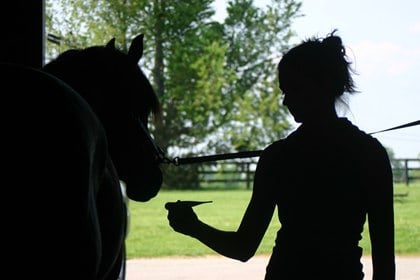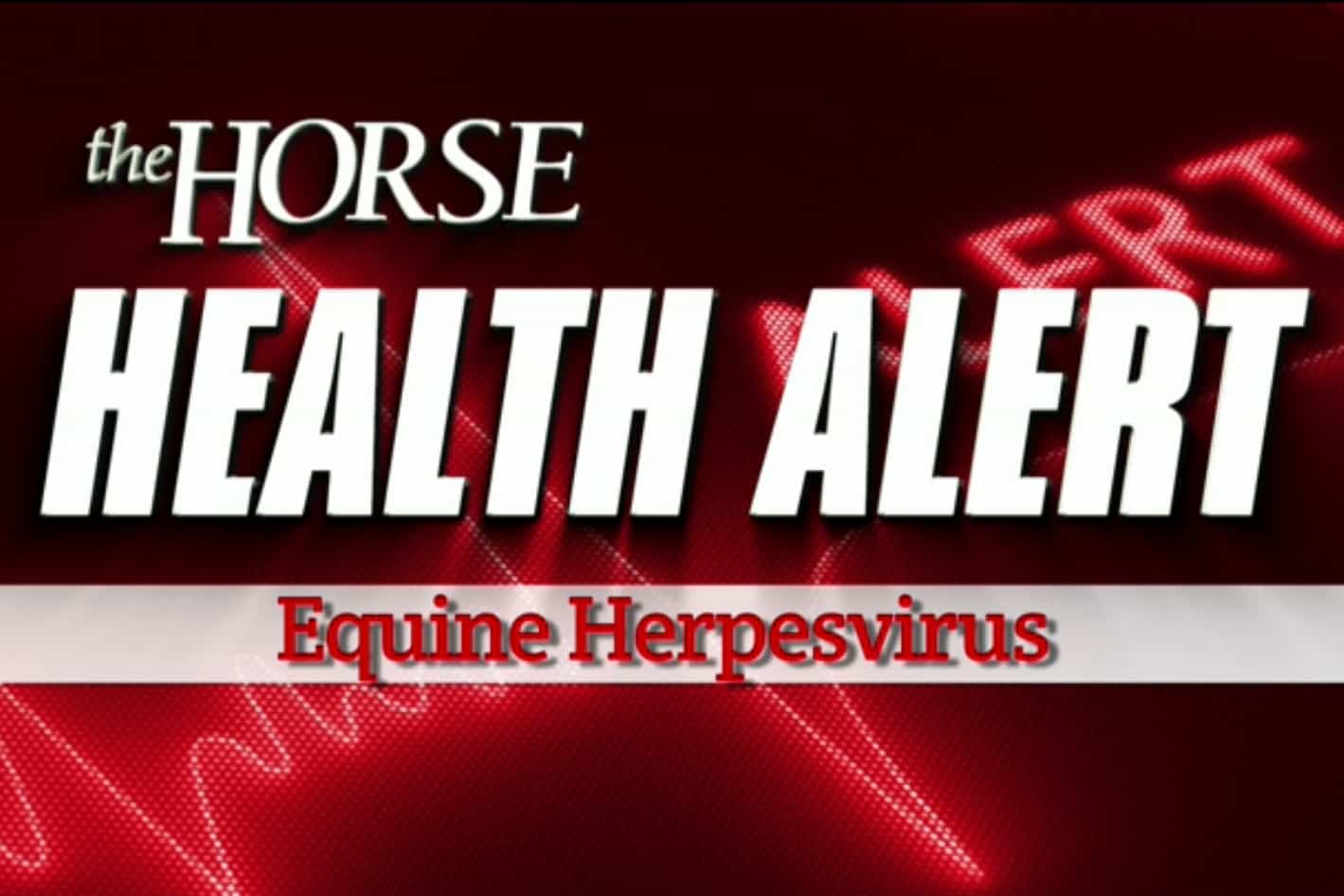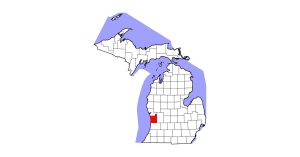Two Maryland Horses Confirmed With Neurologic EHV-1

On Mar. 8, officials at the Maryland Department of Agriculture (MDA) Animal Health Program confirmed two horses–one in Cecil County and one in Anne Arundel County–as positive for neurologic equine herpesvirus-1 (EHV-1). They have deemed the cases as unrelated.
The first horse, housed at a private facility in Cecil County, experienced onset of clinical signs of equine herpesvirus myeloencephalopathy (EHM) on Mar. 5. The horse was euthanized the following day when it did not respond to treatment. Subsequent test results confirmed the cause as EHM.
A second horse, housed at Laurel Park Racetrack in Anne Arundel County, presented with neurologic signs on Mar. 6. There is no known connection between the two horses.
The second horse’s signs included ataxia (loss of muscle control), and urine and manure retention. The 3-year-old Thoroughbred gelding was admitted to the isolation facility at Marion duPont Scott Equine Medical Center in Leesburg, Virginia, and remains isolated there. He is responding well to treatment.
MDA subsequently placed four barns at the racetrack on a hold order, which prohibits movement on or off the premises until all exposed horses have cleared EHV monitoring protocols. So far, no other horses have displayed signs of EHV.
EHV 101
Herpesvirus is highly contagious among horses and can cause a variety of ailments in equids, including rhinopneumonitis (a respiratory disease usually found in young horses), abortion in broodmares, and equine herpesvirus myeloencephalitis (EHM, the neurologic form).

In many horses, the first or only sign of EHV-1 infection is fever, which can go undetected. In addition to fever, other common signs of EHV-1 infection in young horses include cough, decreased appetite, depression, and a nasal discharge. Pregnant mares typically show no signs of infection before they abort, and abortions usually occur late in gestation (around eight months) but can be earlier. Abortions can occur anywhere from two weeks to several months following infection with EHV-1.
Horses with EHM usually have a fever at the onset of the disease and might show signs of a respiratory infection. A few days later, neurologic signs such as ataxia (incoordination), weakness or paralysis of the fore- and hind limbs, urine retention and dribbling, loss of tail tone, and recumbency (inability to rise) develop.
Herpesvirus is easily spread by nose-to-nose or close contact with an infectious horse; sharing contaminated equipment including bits, buckets, and towels; or clothing, hands, or equipment of people who have recently had contact with an infectious horse. Routine biosecurity measures, including hygiene and basic cleaning and disinfection practices, should be in place at all times to help prevent disease spread.
Current EHV-1 vaccines might reduce viral shedding but are not protective against the neurologic form of the disease. Implementing routine biosecurity practices is the best way to minimize viral spread, and the best method of disease control is disease prevention.
Written by:
Edited Press Release
Related Articles
Stay on top of the most recent Horse Health news with















